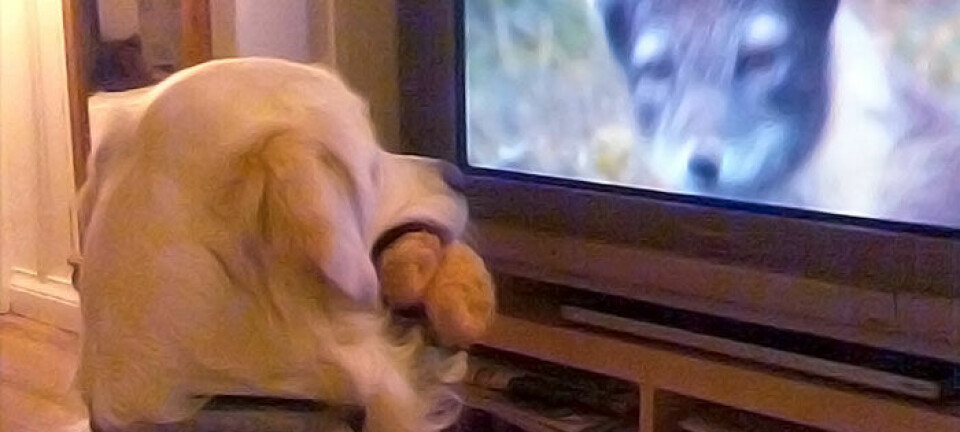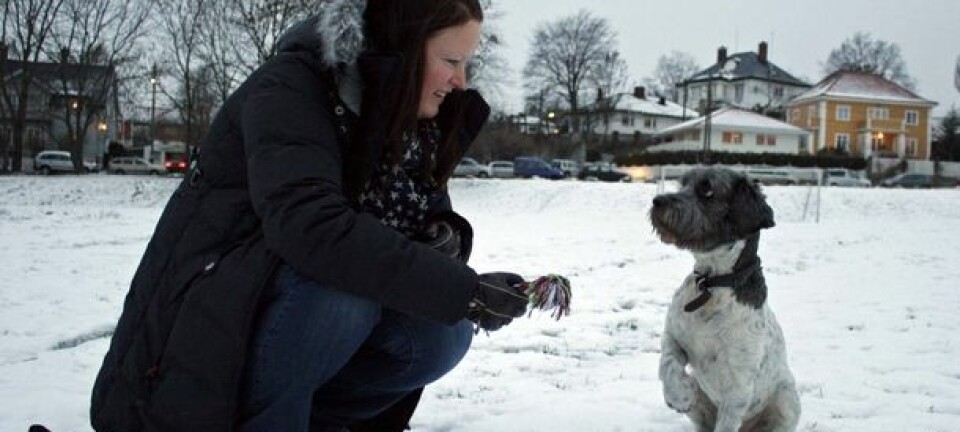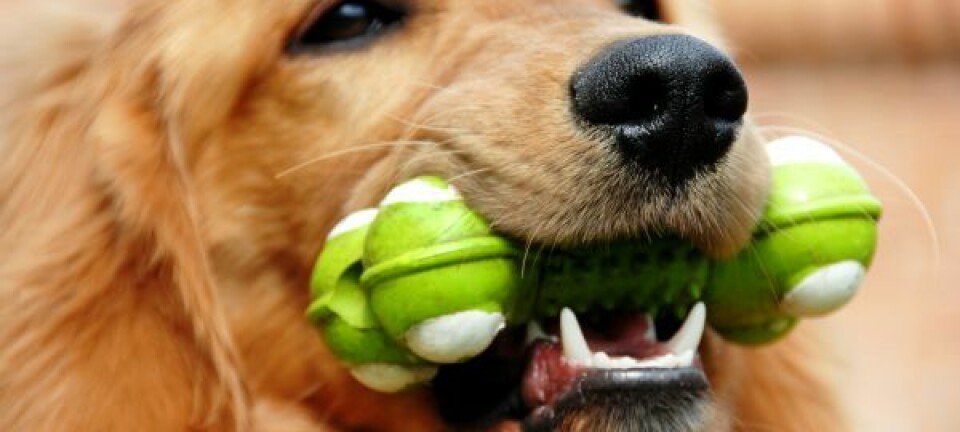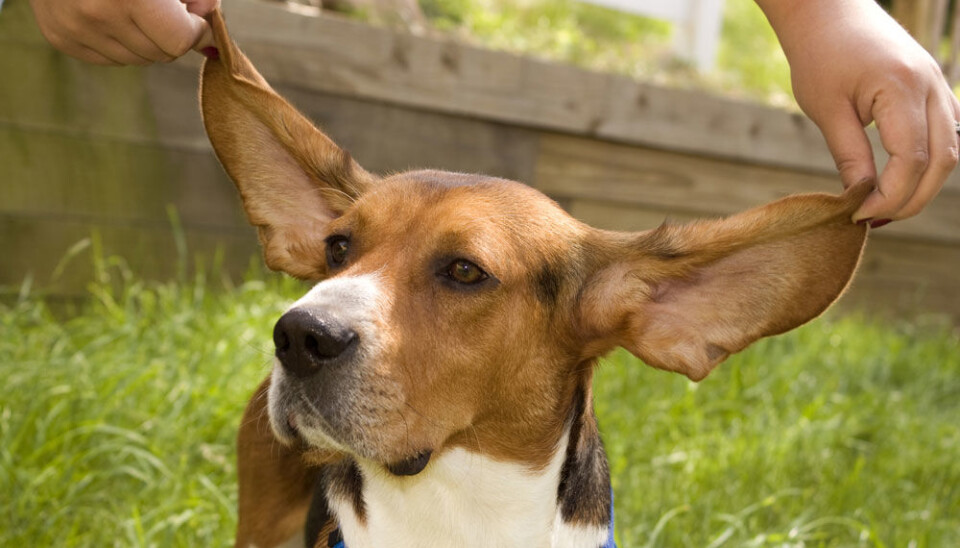
Dogs value shared time above strength of love
It’s not the intensity of your love, but the amount of time you spend with your dog that determines how devoted it becomes to you, according to a new study of the canine view of the human-dog relationship.
“The more shared activities, and the more time an owner spends with his or her dog – playing with it, taking it on visits to friends and being close to it – the more contact the dog seeks when reunited with the owner,” says Therese Rehn.
Rehn recently completed her PhD at the Swedish University of Agricultural Sciences (SLU).
Most research on human-canine relationships has focused on how our relationships with dogs affect us humans, but Rehn has concentrated on how Fido perceives the relationship.
Rehn started by looking into the emotional ties that dogs have to their owners, along with the owners’ feelings about the relationship.
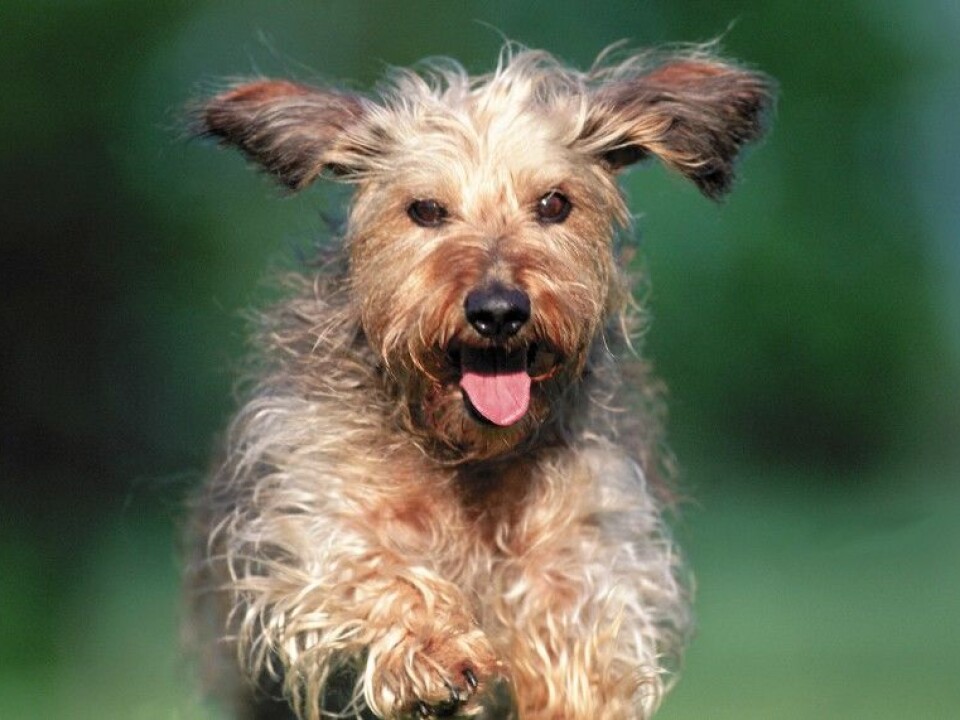
The owner’s feelings for the dog didn’t appear to affect the dog’s perception of the relationship per se.
However, dogs that habitually spent a lot of time with their owners, and received lots of physical contact, displayed more tail-wagging and sought more hugging and petting when the owner returned after a few hours.
Reunion
Rehm used a questionnaire to rate the owners’ relationships with their dogs. Owners were asked what they do with their pets daily, how strong their feelings are for their dogs and what they felt was difficult about owning the animals.
It’s a little harder to gauge a dog’s opinion of its relationship to its owner. The tool the Swedes used is called the Strange Situation Procedure.
This involves placing the dog alone in an unfamiliar room and observing it in various situations. The researchers monitored how the dogs acted on their own, when a stranger entered the room, and what the response was when the owner entered after being absent for a while.
The researchers let each dog be alone for periods ranging from 30 minutes to four hours before reuniting them with their owners.
Rehn says it’s hard to study two individuals – owner and pet –in a relationship over a longer period, and reunions are situations where vital information is exchanged about one party’s intentions and emotional experience of the other.
“The reunion is like a snapshot of the relationship,” says Rehn.
Canine body language was essential here. Dogs that licked their lips and shook their bodies when they saw their owners were perceived as displaying clear signs of enthusiasm.
These reactions have been regarded in previous studies as signs of active submission or negative arousal. But Rehn’s research shows that this kind of behaviour can also be displayed by dogs in a positive emotional state.
The results showed that a dog initiated more contact if it was ordinarily used to spending lots of time with its owner.
Hormones rise after a long absence
The Swedish researchers also measured dogs’ levels of oxytocin, often referred to as “the love hormone” or the “trust hormone”.
The levels rose when dogs were reunited with their owners, and were highest when the owners initiated both verbal and physical full contact, petting, hugging and speaking to their pets on arrival.
The dogs' greeting behaviour differed at each reunion in accordance with the familiarity of the person, the duration of the separation and the type of interaction initiated by the person.
The longer the owner had been away, the happier the dog was to be reunited.
-----------------------
Read the Norwegian version of this article at forskning.no
Translated by: Glenn Ostling

